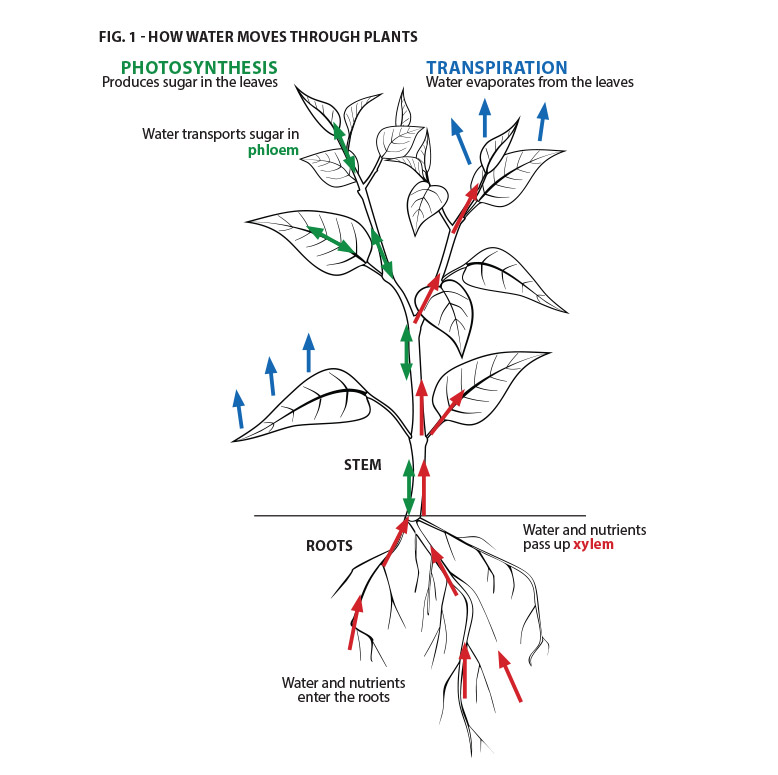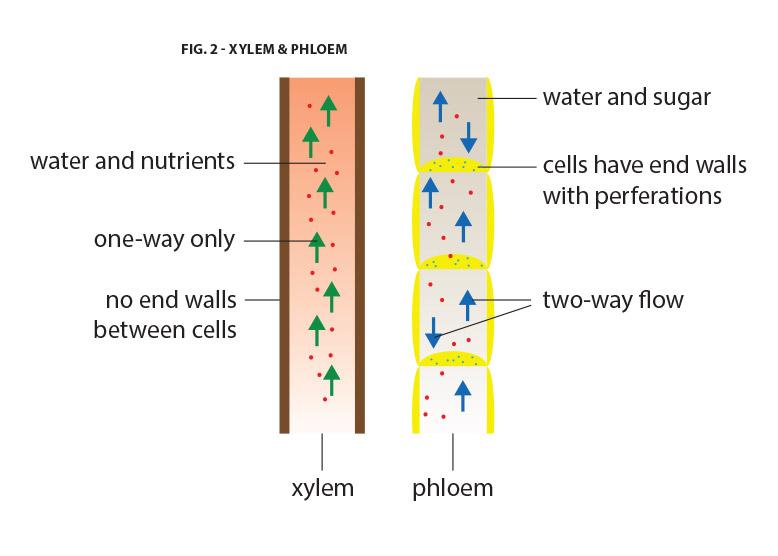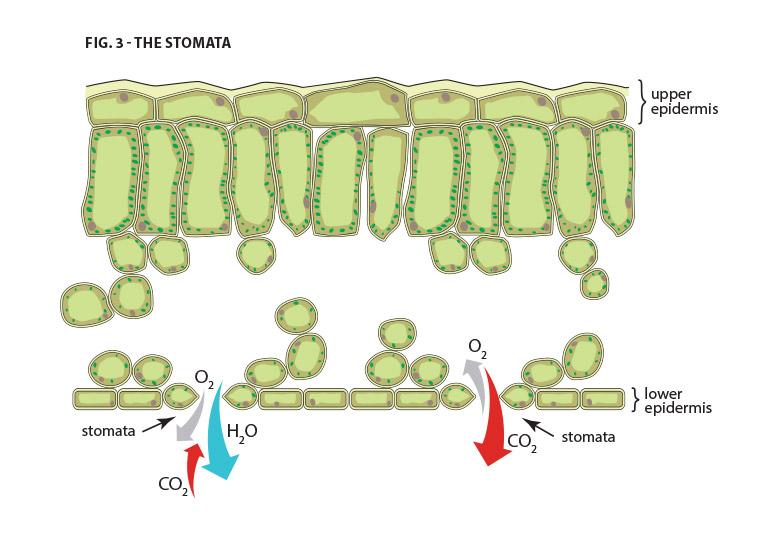Recently, we announced our exciting new partnership with Ecologel. Ecologel is a premier developer and manufacturer of innovative products for water conservation, dust mitigation, plant nutrition, pond and lake management, and anti-fungal coatings. This blog post was contributed by Ecologel’s Director of Agronomy Jim Spindler, CPAg, CCA, CPSS.
The Biology of Water
As it is to humans, water is a crucial ingredient in the function and health of plants. It is found in all parts of a plant’s body. It acts as a conveyor belt within the plant, moving raw ingredients over to create building blocks. It then transports these building blocks throughout the plant where they are used to grow roots, leaves, flowers, and other structures. Water is the medium in which all essential biological processes occur. It also helps regulate a plant’s temperature so the biological processes perform optimally. Water benefits and affects the plant in so many ways it is difficult to list them all. This is why proper water management is such a critical part of plant heath care. To understand the importance of water management, we must first explore how plants use water.

How Water Travels Through a Plant
Water first enters the plant through the roots, carrying with it the nutrients that are in the soil water solution (Fig. 1). From the roots, it enters a vessel called the xylem, which carries the nutrient-rich water up into the plant (Fig. 2). Once that nutrient-rich water reaches the leaves, it is used to manufacture proteins, sugars, and other plant components. The most well-known process that occurs in the leaves is photosynthesis. Photosynthesis occurs when light is available. During photosynthesis, carbon dioxide (CO2) gas enters the stomata of the leaf. Then, through a series of biological processes, the carbon dioxide, water, and nutrients are converted into sugars and other organic compounds. The byproduct of these processes is oxygen (O2) gas, which is released from the leaves through the stomata (Fig. 3).
Once the sugars, proteins, and other components are manufactured, water transports them to the roots and throughout the plant using a vessel called a phloem (Fig. 2). During a process called respiration, the plant uses those sugars and other materials along with water and oxygen to sustain life, develop roots, create wood in trees and shrubs, form flowers, produce food crops, and more. During respiration oxygen (O2) gas is brought in through the stomata, and carbon dioxide (CO2) gas is released as the waste product.
Without water, plants are unable to make or transport the components essential for life. Water is not only used to move sugars and nutrients in the xylem and phloem, it is also used to transport these materials within cells, between cells, between plant tissues, and more.

How Water Regulates Plant Temperature and Structure
All the biological processes necessary to create a healthy plant must function at an optimal temperature. If the temperature of the plant becomes too hot or cold, these processes slow down or stop. In the same way that humans sweat, leaves use water to cool themselves by opening their stomata, allowing water to evaporate from the leaf and cool it. This process is called transpiration. Since water can hold heat, the leaves will close their stomata when temperatures drop below optimum levels to hold heat in the plant.
Water is also important to keeping the plant cell turgid, or full. This helps the plant keep its form and structure. When water becomes deficient, the plant’s cells and other structures become flaccid, resulting in what we call plant wilt. During this phase, plants close their stomata to reduce moisture loss. As a result, photosynthesis and other biological processes begin to shut down.

Tools to Maximizing Water Efficiency
It’s easy to see the importance of water for plant health and performance. It does not matter if the plant is turfgrass, flowers and ornamentals, trees, agricultural crops, cultivated, or wild. No plant can survive or function without adequate water. In addition to cultural practices, there are a variety of products on the market that can help plants get the most out of every drop of water.
Hygroscopic humectants, such as Hydretain, Moisture Manager, NutriRoot, and H3O+, improve water availability by condensing water vapor in the soil back into liquid water for use by the plant. Wetting agents or surfactants, such as those used in SeaXtra pellets, help water move into the disperse throughout the soil more efficiently. Biochars, such as ARBORChar, and super absorbent polymers help hold liquid water like a sponge for the roots to use as needed.
There are also products that help plants better acquire and regulate water. Cytokinins, such as those in CytoGro, are used to encourage plants to produce more roots, which increases water and nutrient uptake. Cytokinins also help plant cells regulate water use and improve drought tolerance. Other products in this category include plant growth regulators, such as Shortstop, that help slow plant growth so it uses less water and enhances root hair development, which also helps with water and nutrient uptake.
When plants have adequate nutrients in the proper composition and proportions, they will utilize water most efficiently. The BioPro line provides a variety of nutritional products that allow for the most water-friendly nutrient prescription, and therefore the healthiest, strongest plants possible.
For more information on these products and others like them, or to speak with a water management expert, please visit the Ecologel and Arborjet websites.
